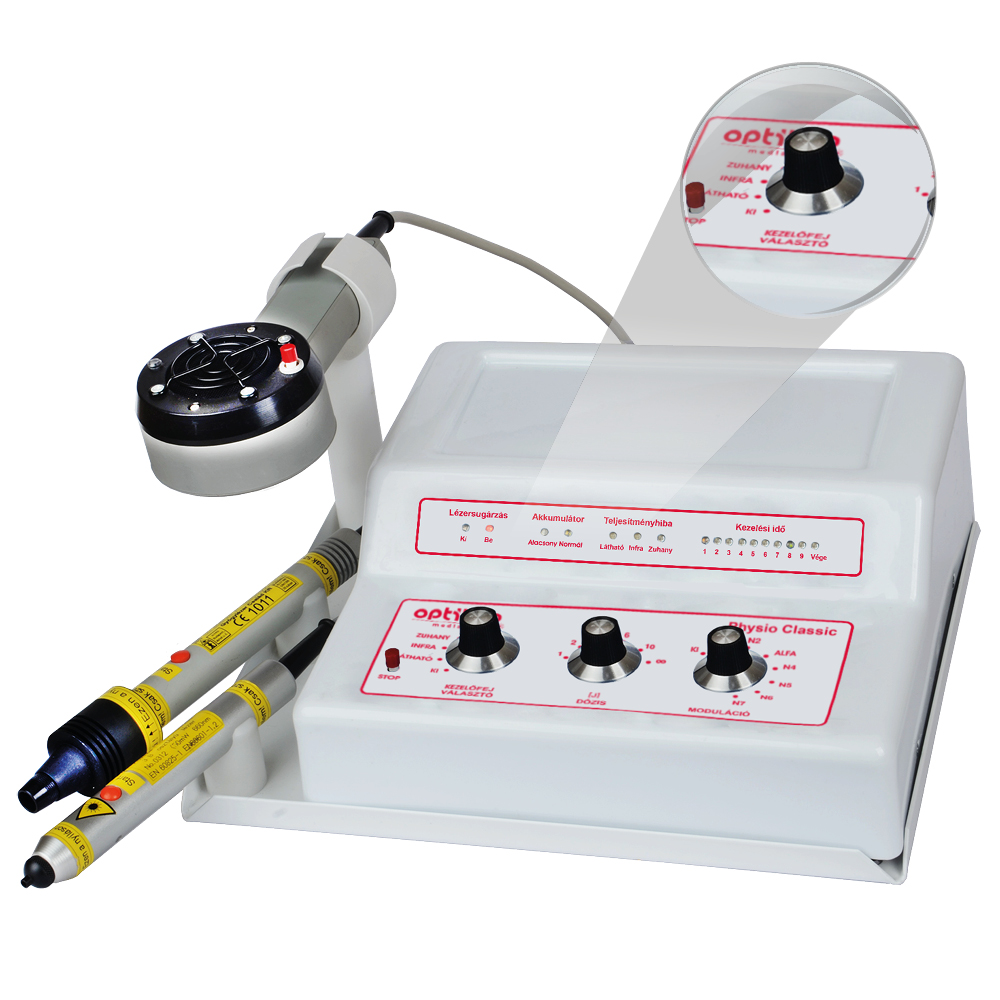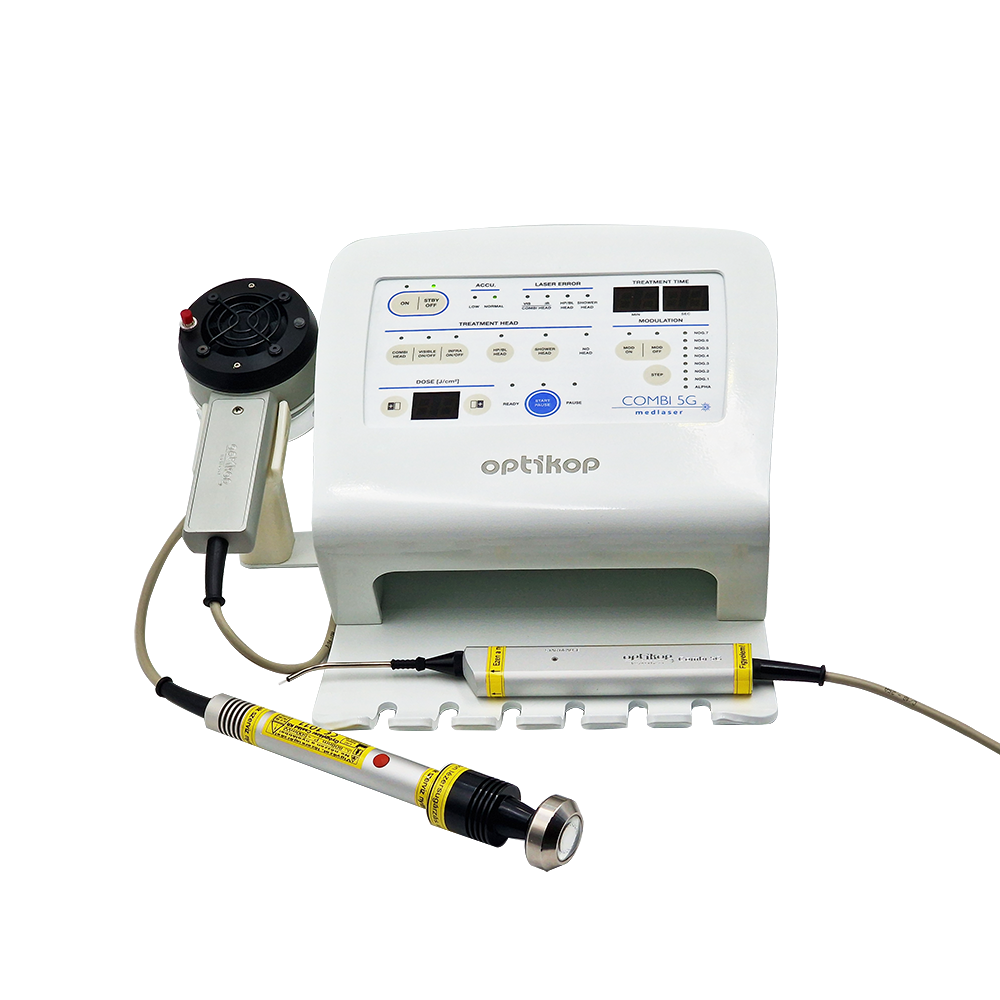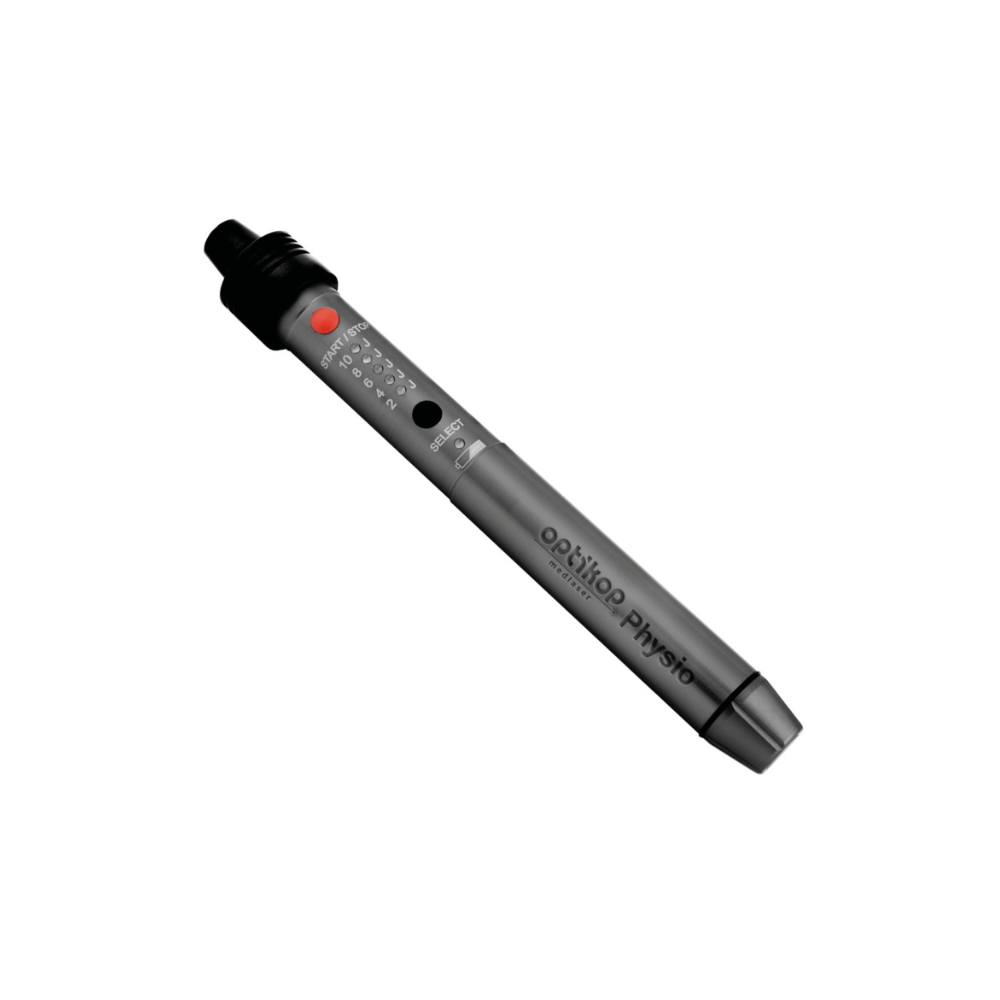"I will never forget the first veterinary use: they brought a large dog to my clinic who had gotten into a scuffle with another dog. He couldn't bear weight on his right hind leg and showed intense pain upon touch, yet there were no visible external tissue injuries. However, there was an extremely painful muscle bruise, likely with fibrillar muscle tears. It was the perfect opportunity to soft laser therapy. After a single treatment, the dog became pain-free, started bearing weight on his leg properly, and became symptom-free. This case convinced not only the owner but also me permanently about the practical importance of laser therapy."
VETLASER
Soft laser in animal medicine
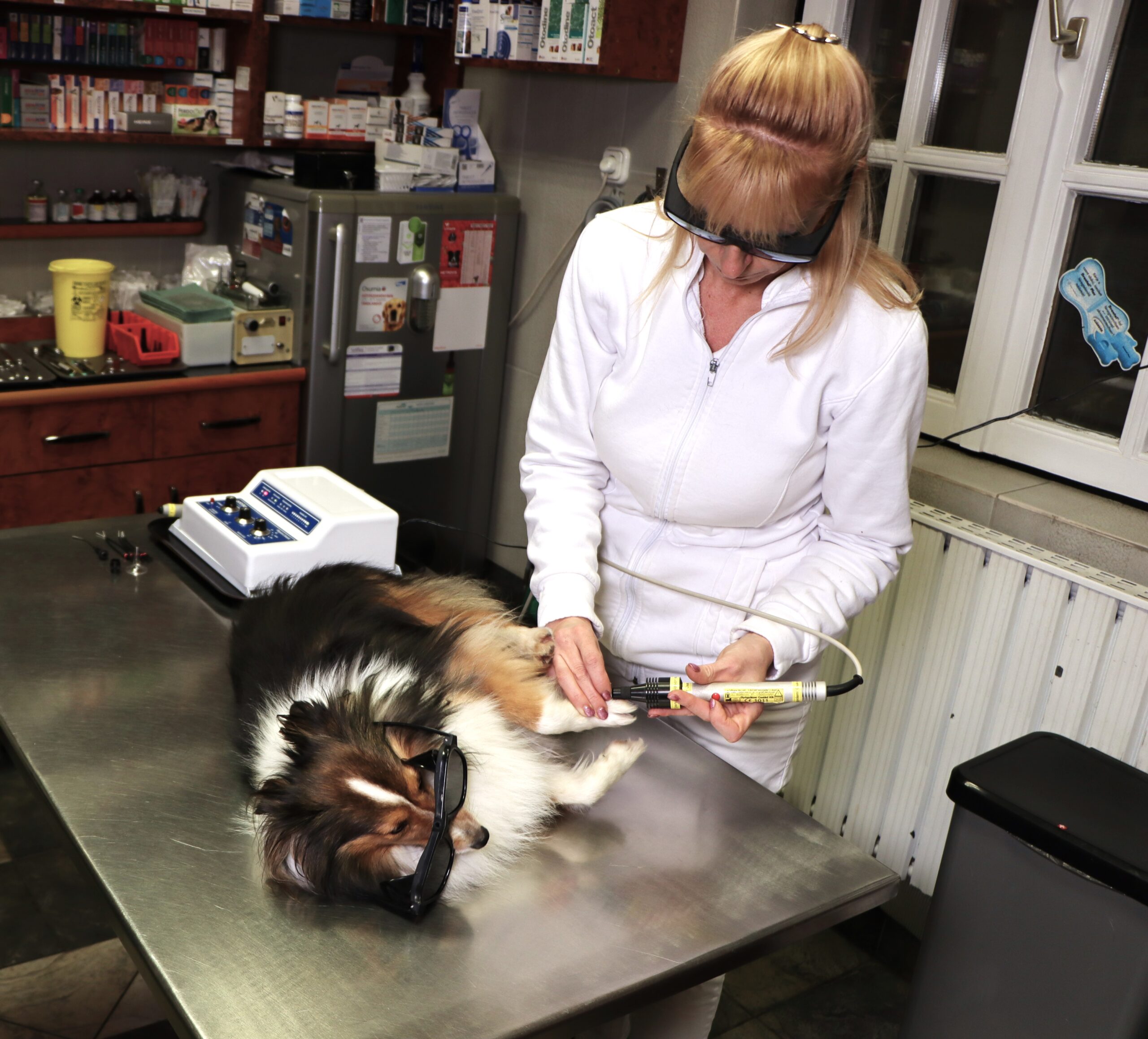
VETLASER
Optic laser in veterinary medicine
The coherent, high-intensity light from lasers induces a series of processes in cells that would otherwise be slow or difficult to initiate, acting as a catalyst. The results are faster cell proliferation, accelerated revascularisation, reduction of inflammation and oedema, pain relief and local immunostimulation. Wound healing is accelerated, wound scars are more beautiful, pain in the treated animal is reduced and movement of the affected body part is facilitated.
In veterinary medicine, lasers are used primarily for wounds and secondarily for joint problems, but laser therapy is a popular and worldwide solution for the treatment of joint and muscle injuries in racehorses.
SOFT LASER THERAPY
Animalfriendly treatments
For any animal, soft laser therapy can help!
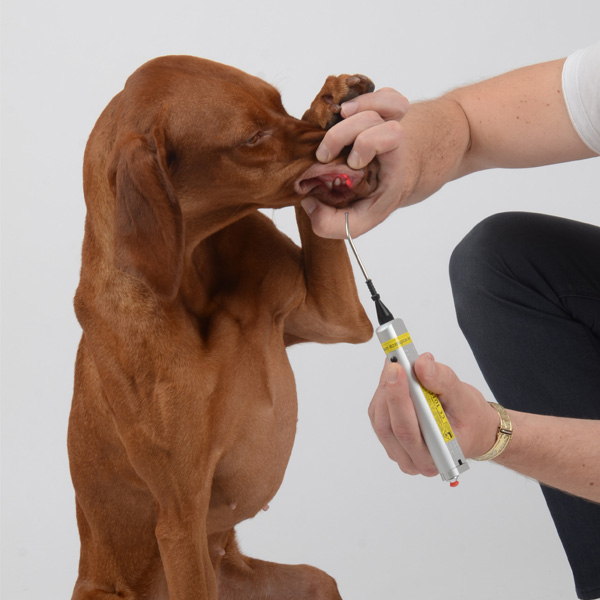
Dogs

Turtles
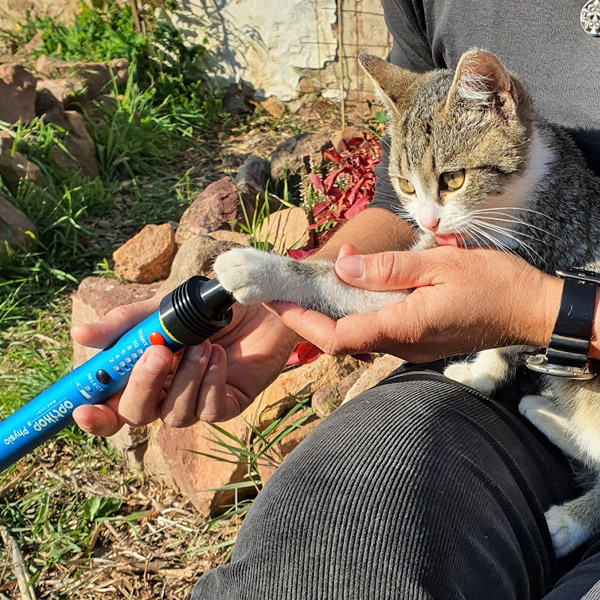
Cats
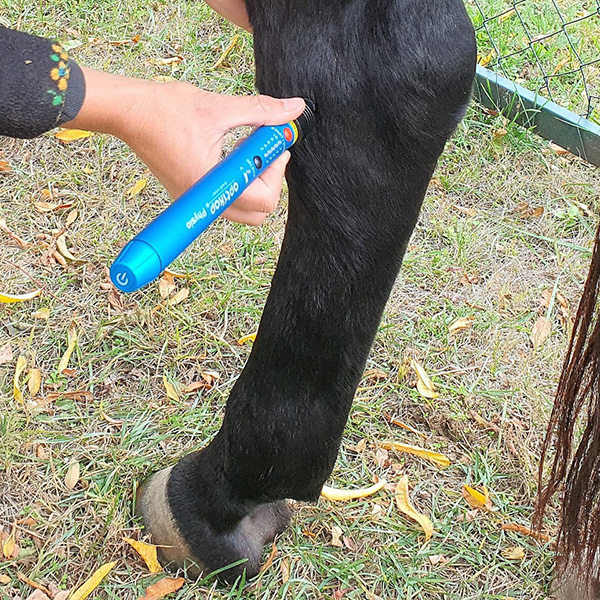
Horses
Areas of use
Deep structures
- orthopaedic:
- osteoarthritis treatment
- tendinopathies
- bone fractures
- neurological:
- intervertebral disc problems (intervertebral discus)
- peripheral nerve injuries
- spinal cord disease (degenerative myelopathy)
- post-operative regeneration (e.g. disc hernia)
- pain:
- ligament, tendon treatment
- treatment of joints
- treatment of disc problems
- neurological regeneration
- helping recovery from fractures
- promoting post-operative recovery

Surface treatments
- Wounds, surface lesions, hair loss
- Skin problems
- Ear, external auditory canal inflammation
- Inflammation of the oral cavity
Benefits: collagen formation, epithelial formation, hair growth, blood vessel formation, improved microcirculation and oxygenation, antimicrobial effect
Tips and advice
We can help you find the right soft laser device for your needs!
When treating surfaces and accelerating wound healing, red light laser systems are recommended. If the treatment is to be carried out up to 5-6 mm below the skin surface, the use of an infrared laser is recommended due to the more pigmented skin structure of the animals.
For in-office use, a table-top laser is preferable, while hand-held lasers are recommended for off-site treatment.
Although the power of the laser does not affect the quality of treatment, it does have a significant impact on the length of treatment. Therefore, the higher the power of the device, the shorter the treatment time for both the animal and the doctor.
Testimonials
Dr. Béla Szabóveterinarian
Fanni LukácsyPetphysio.hu"Soft laser therapy is an essential skill in my physiotherapy workshop, which I use with good results in orthopaedic and neurological rehabilitation and wound care for dogs, cats, horses and other animals. I like my Optikop Physio 350 IR soft laser because it is a versatile, high-powered, mobile, compact, durable, easy and quick to use device that fits well in the hand and is aesthetically pleasing. With five selectable doses, I can flexibly dose according to the size, condition and individual sensitivity of the animal. With the small handpiece, I can reach almost anywhere and adjust the direction of irradiation precisely. And the high-power infrared diode minimises treatment time with the right efficiency, so I don't waste my four-legged patients' patience."


